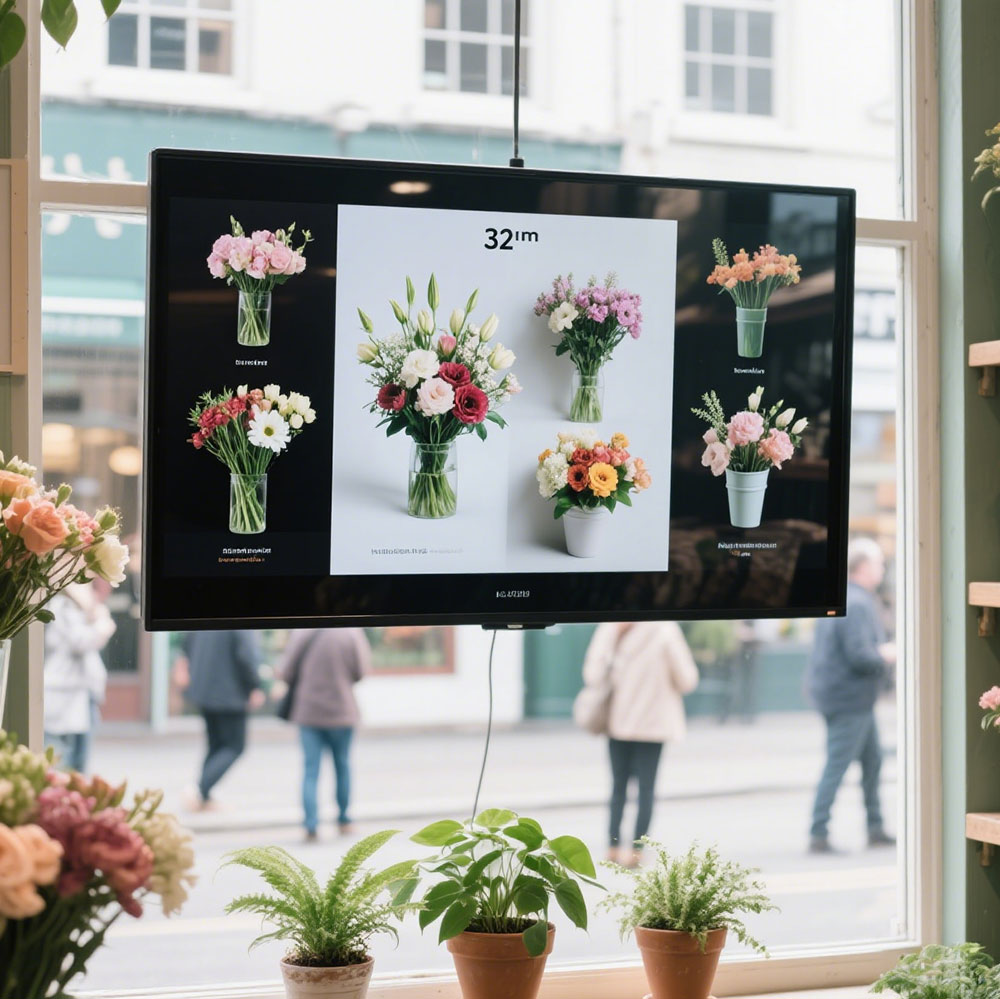Outdoor LCD screens are essential in modern digital signage, retail environments, transportation hubs, and public information systems. When selecting an outdoor LCD screen, display ratio—especially 16:9—is a critical design parameter that ensures compatibility with standard video content, maximizes visual impact, and enhances readability under sunlight. The 16:9 aspect ratio aligns with HD and UHD video standards (e.g., 1920x1080, 3840x2160), making it ideal for dynamic content such as advertisements, live feeds, or weather updates.
Common outdoor LCD screen sizes include 10.1", 13.3", 15.6", 18.5", 21.5", 23.8", 27", 32", 43", 46", 49", 55", 65", 75", 86", 98", and 110". Each size serves different use cases: smaller displays (10.1"–23.8") are suited for kiosks, point-of-sale terminals, or vehicle-mounted systems; mid-range sizes (27"–55") dominate public spaces like shopping malls, bus stops, and corporate lobbies; while large formats (65"–110") are deployed in stadiums, airports, and urban plazas for high-impact visibility.
Manufacturers such as LG, Samsung, and Sharp follow industry standards like IEC 62262 for IP65–IP68 ratings and MIL-STD-810G for shock/vibration resistance to ensure durability in harsh environments. Brightness levels must exceed 5,000 nits for full sun readability—a requirement often met by LED-backlit panels in 16:9 configurations. Additionally, thermal management is crucial in larger screens (>43"), where active cooling systems prevent overheating in direct sunlight.

Case studies from the UK’s Transport for London and Dubai’s Expo 2020 demonstrate that combining 16:9 ratios with optimized brightness, anti-glare coatings, and robust enclosures increases uptime by over 30% compared to non-specialized models. For engineers and procurement teams, understanding how screen size interacts with resolution, brightness, and viewing distance is key to maximizing ROI in outdoor deployments.







